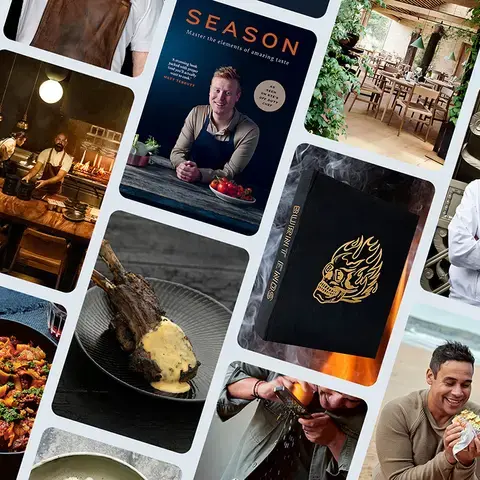A recent news story about an extremely rare Rubyglow pineapple costing $400 had people taken aback at the seemingly excessive trend for luxury fruit. It does point to a growing trend, particularly in the US and China, however it’s hardly a new one.
The Rubyglow pineapple, genetically engineered by Fresh Del Monte, was initially unveiled in China to coincide with the Lunar New Year with limited numbers later released to the US market. This year will see 5,000 available in the US, with a possible 3,000 next year. It is the third release from the fruit giant, the first being Precious Honeyglow, a small “single serving” fruit, and then the Pinkglow, with a surprisingly pink flesh.
The fruit is marketed as the “most exclusive and high-end pineapple, Available in only a select few retailers, it has been referred to as an ‘ultrapremium luxury designer fruit.’” The fruit is sold without its head and leaves and set in a presentation case, more reminiscent of a Fabergé egg than a store-bought pineapple. It is the result of 15 years of research; grown in Costa Rica it is a cross between a traditional pineapple and a morada pineapple.














